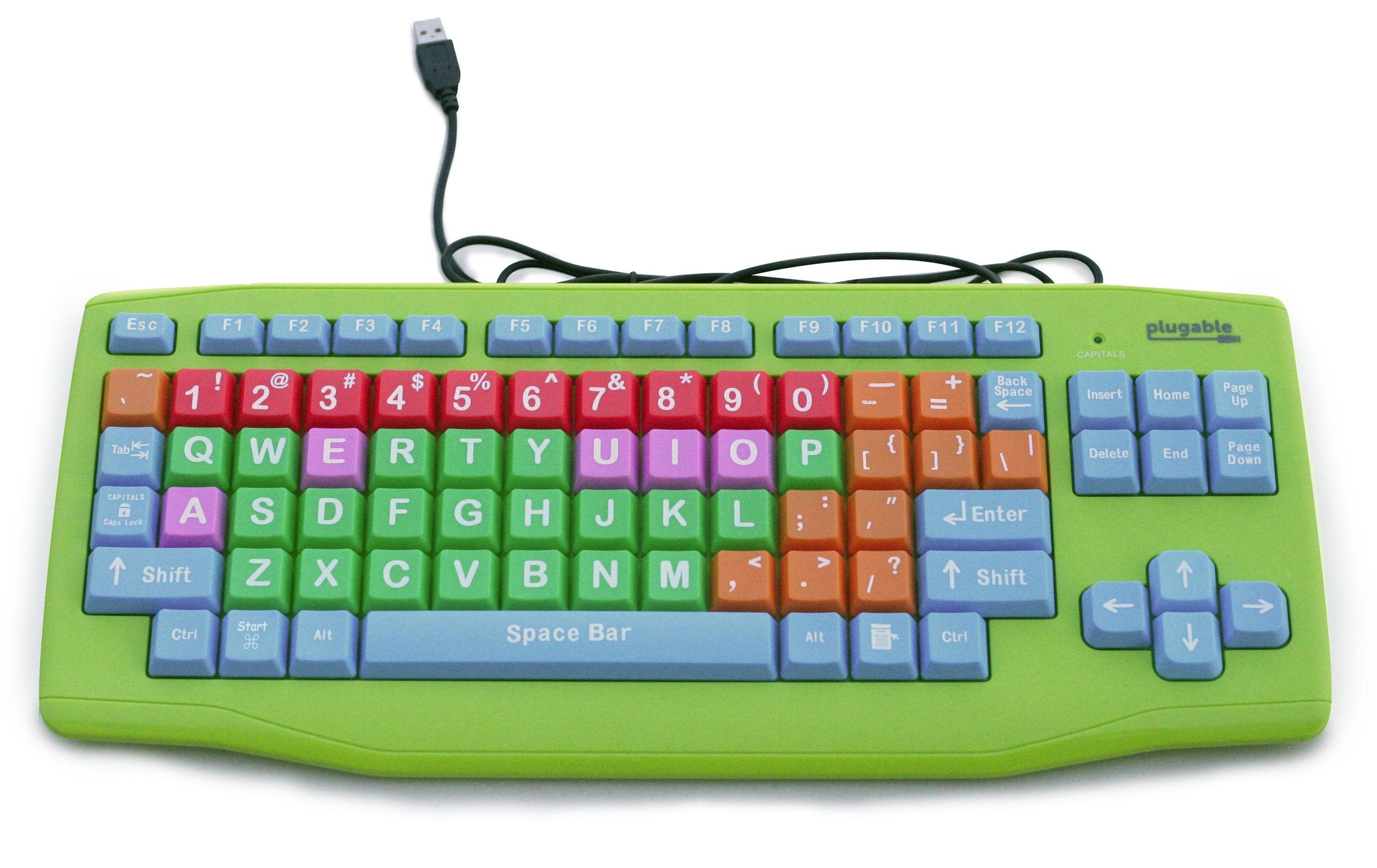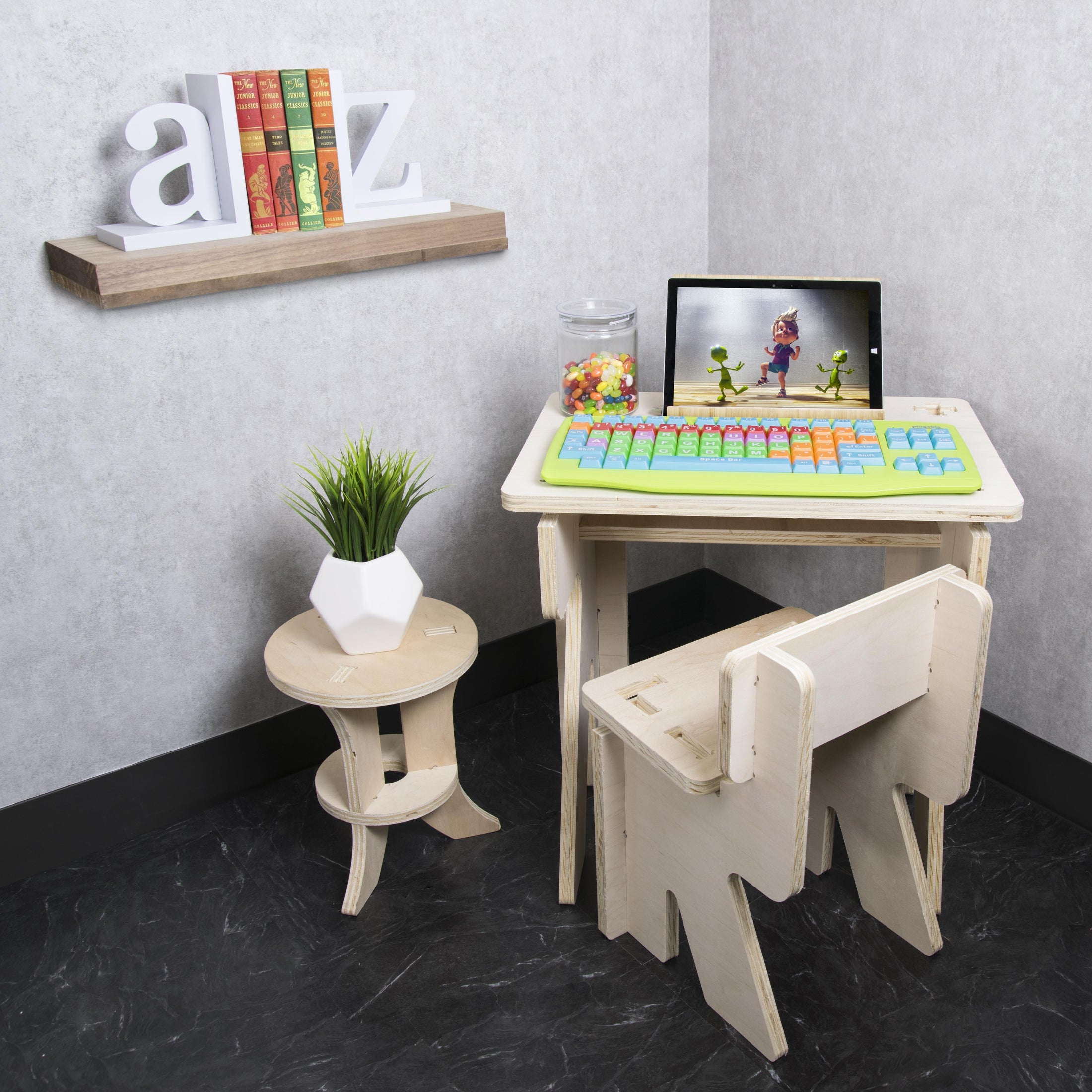







Hassle free, 2-Year Warranty
Fast, Free Shipping on Orders $35+
Lifetime Technical Support
30-Day Money Back Guarantee
Plugable USB Kids Keyboard
$29.95 USD
SKU: USB-EZK-GAmazon Rating : (0 Reviews)
Features
- Large Keys— Oversized keys are easy to find, easy to hit
- Bright Colors— Bright, color-coded system encourages learning and helps people with motor disabilities or impaired vision
- Universal Compatibility— Works great with any version of Windows, Mac, Linux, or any system that supports USB keyboards
- Plug and Play— Simple, reliable USB connection. No drivers to Install. No batteries to replace
- 2 Year Warranty— We love our Plugable products, and hope you will too. All of our products are backed with a 2-year limited parts and labor warranty as well as Seattle-based email support
This product is discontinued.



